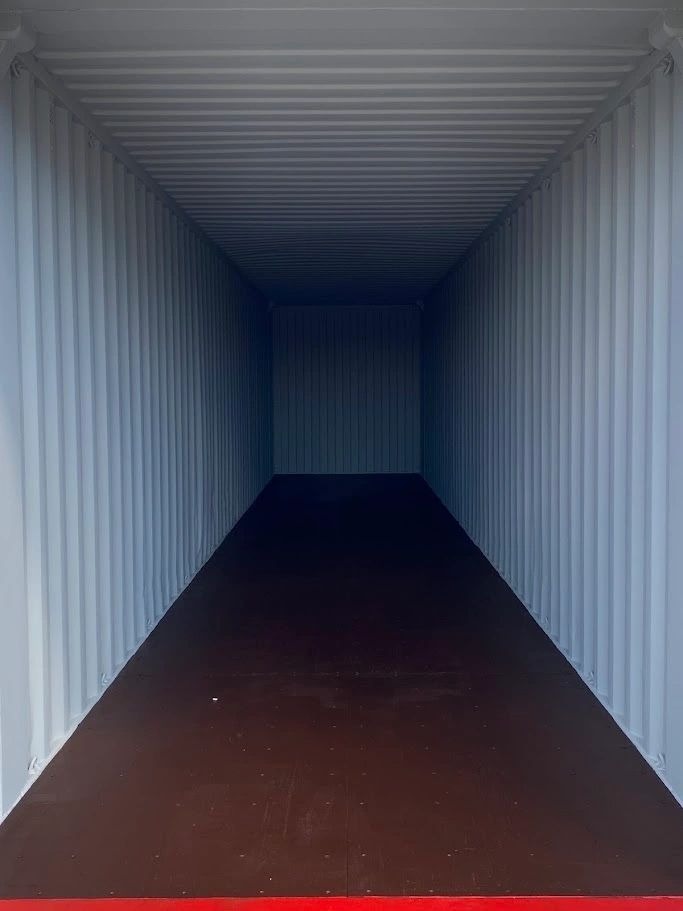7 Helpful Tips To Make The Profits Of Your Dry Storage Containers
Understanding Dry Storage Containers: A Comprehensive Guide
In markets varying from shipping and logistics to farming and production, the reliable storage and transportation of goods are important. One essential solution for ensuring the safety and stability of products throughout movement and storage is the dry storage container. This blog site post will explore the numerous aspects of dry storage containers, including their types, advantages, applications, and often asked questions.
What Are Dry Storage Containers?
Dry storage containers, typically called shipping containers, are robust metal boxes developed for transporting items by road, rail, or sea. They offer a safe and weatherproof environment, safeguarding cargo from external elements. Unlike refrigerated containers particularly created for disposable goods, dry storage containers are dry on the within and safe for saving a wide range of product.
Types of Dry Storage Containers
Dry storage containers been available in several types to satisfy different storage and transport needs. The following table sums up the most typical types:
Container Type
Dimensions (Feet)
Capacity (Cubic Feet)
Typical Uses
Requirement Container
20'
1,169
General cargo, durable goods
Requirement Container
40'
2,695
Commercial devices, bulk products
High Cube Container
20'
1,284
Taller items, furniture
High Cube Container
40'
2,694
Large industrial items
Open Top Container
20'
1,169
Heavy equipment, bulky goods
Open Top Container
40'
2,695
Cargo that needs top packing
Double Door Container
20'
1,169
Easy gain access to from both ends
Double Door Container
40'
2,695
Versatile storage and transport
Benefits of Using Dry Storage Containers
Dry storage containers use several benefits that make them a preferred choice for numerous markets. Some essential benefits consist of:
Durability and Security: Made from state-of-the-art steel, dry storage containers are developed to stand up to extreme environmental conditions. They likewise come geared up with locking mechanisms for added security.
Versatility: These containers can keep a large range of products, including machinery, tools, furniture, and consumer products, making them appropriate for various applications.
Portability: Dry storage containers are quickly portable by truck, train, or ship, enabling companies to move their items effectively throughout various modes of transport.
Cost-Effectiveness: Unlike conventional warehouses, dry storage containers can be leased or bought for a lower general cost, making them a wise choice for organizations aiming to conserve money.
Customizability: Containers can be modified to fit specific storage requirements, such as adding shelving, windows, or ventilation systems.
Applications of Dry Storage Containers
The applications for dry storage containers are vast and differed. Below is a list of sectors where these containers are used:
- Logistics and Shipping: Used for carrying goods throughout global borders.
- Construction: Serving as on-site storage for tools and products.
- Retail: Providing additional storage area for inventory.
- Agriculture: Storing tools, devices, and non-perishable farming products.
- Military: Transporting and keeping vital materials and equipment.
- Disaster Relief: Serving as versatile storage systems in emergency situation scenarios.
Key Considerations When Choosing Dry Storage Containers
When selecting dry storage containers, several elements should be thought about to ensure they meet specific requirements:
- Size: Assess the dimensions and capability based upon the volume and kind of goods to be saved.
- Condition: Check whether to buy new or used containers, based upon spending plan constraints and storage requirements.
- Ease of access: Consider how often products will need to be accessed and design the storage design accordingly.
- Security Features: Ensure that the containers have appropriate locking systems for included security.
- Location: Evaluate where the containers will be placed, whether on-site, at a storage backyard, or throughout transportation.
Often Asked Questions (FAQ)
Q1: How long can I save items in a dry storage container?A1: Goods can be saved in
dry storage containers for a prolonged period, though it's a good idea to regularly examine the products to ensure condition and security. Q2: Are dry storage containers waterproof?A2: While
dry storage containers are developed
to be weather-resistant, they are not fully waterproof. They can handle rain and moisture but must not be submerged in water. Q3: Can I modify a dry storage container?A3: Yes, dry storage containers can be modified to fit specific requirements, such as adding windows, ventilation, or shelving units. Q4: How do I transport a dry storage container?A4: Transporting a dry storage container usually requires specialized trucks
**or trailers which are equipped to lift and move heavy containers. Q5: Are dry storage containers environmentally friendly?A5: Dry storage containers can be thought about environmentally friendly as they are frequently made from recyclable
products. In addition, repurposing used containers for new applications frequently avoids waste. Dry storage containers act as a trusted and affordable solution for businesses looking to firmly save and transport their goods. From comprehending the numerous types and benefits to knowing the applications and considerations when picking one, it appears that these containers play a crucial role in today's logistics landscape. Whether Shipping Container Construction discover yourself in retail, construction, farming, or catastrophe relief, purchasing dry storage containers may prove to be a clever move that boosts efficiency and security. By understanding the worth that dry storage containers bring to the table, organizations can much better secure their possessions and improve their operations in a competitive market.  **
**